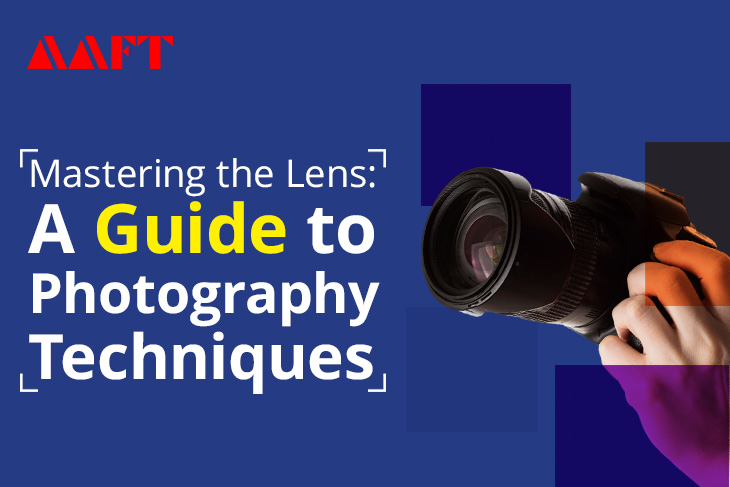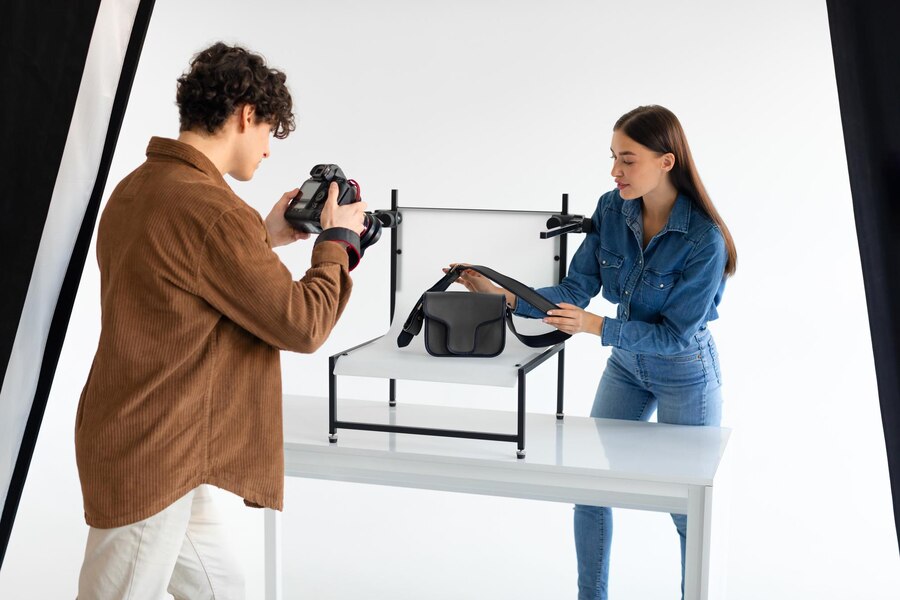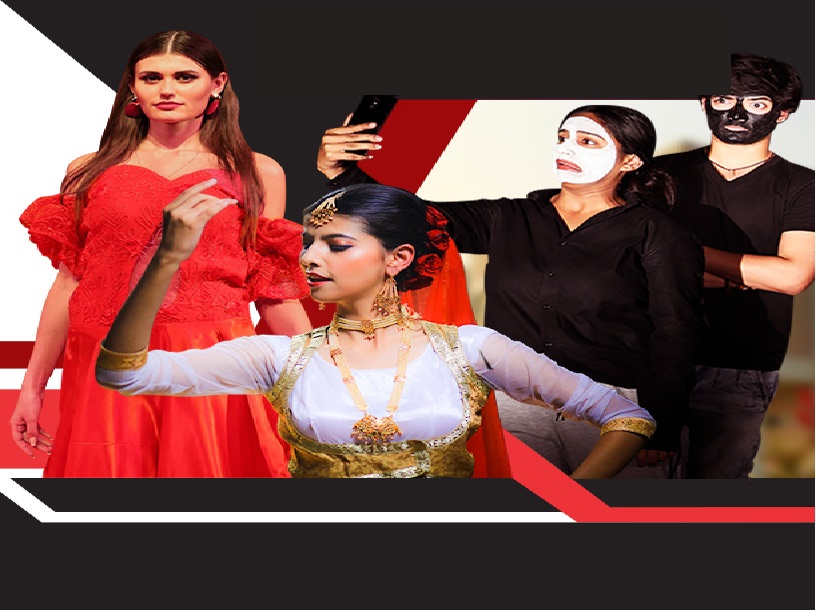Mastering the Lens: A Guide to Photography Techniques
Photography is an art form that allows us to capture moments, emotions, and stories in a single frame. Whether you are an amateur enthusiast or a professional photographer, mastering the lens is crucial to creating stunning and impactful images. In this guide, we will explore various photography techniques and delve into the world of lenses to help you elevate your skills and take your photography to the next level.
Composition: The Art Of Framing
Composition is the foundation of a captivating photograph. It involves arranging the elements within the frame to create a visually appealing and balanced image. One aspect of composition that greatly influences the final result is the choice of lens.
Different lenses have distinct focal lengths and properties that affect the composition. Wide-angle lenses, such as 14mm to 35mm, capture a broader perspective, making them ideal for landscape photography or when you want to include more elements in the frame. Telephoto lenses, ranging from 70mm to 300mm or more, allow you to isolate subjects from a distance, perfect for wildlife or sports photography.
Experiment with different lenses and focal lengths to find the right composition for your subject and desired effect.
Light and Exposure: Painting with Light
Do you want free career counseling?
Ignite Your Ambitions- Seize the Opportunity for a Free Career Counseling Session.
- 30+ Years in Education
- 250+ Faculties
- 30K+ Alumni Network
- 10th in World Ranking
- 1000+ Celebrity
- 120+ Countries Students Enrolled
Lighting plays a crucial role in photography, as it can dramatically impact the mood, atmosphere, and overall quality of an image. Understanding how to work with different lighting conditions and control exposure is essential. Here, the choice of lens can also affect how light interacts with your subject.
Prime lenses with wider apertures (such as f/1.4 or f/1.8) allow more light to enter the camera, making them excellent for low-light situations or creating a shallow depth of field with a beautiful bokeh effect. These lenses are great for portraits or capturing details in dimly lit environments.
Zoom lenses with variable apertures provide flexibility in different lighting conditions, allowing you to adjust the exposure based on your needs. They are versatile lenses for various genres of photography.
Perspective and Depth: Unleashing Creativity
Perspective and depth are powerful tools in photography that can transform a flat image into a three-dimensional experience. Experimenting with different lenses and focal lengths can bring a fresh and unique touch to your photographs.
Wide-angle lenses exaggerate the perspective, making objects closer to the camera appear larger while compressing the distance between objects in the background. This effect can create a sense of grandeur or emphasize the vastness of a scene.
Telephoto lenses, on the other hand, compress the perspective, making distant objects appear closer together. This can be useful for capturing details in landscapes or isolating subjects from the background, creating a shallow depth of field.
Do you want free career counseling?
Ignite Your Ambitions- Seize the Opportunity for a Free Career Counseling Session.Macro lenses allow you to capture intricate details of small subjects, revealing a hidden world that is often unseen by the naked eye.
Conclusion
Mastering the lens requires practice, experimentation, and a keen eye for detail. By understanding the different lenses and how they impact composition, light, and perspective, you can unlock new creative possibilities and capture stunning images that tell a story. So grab your camera, step out into the world, and let your creative vision unfold through the lens. Happy shooting!
Related Blogs

AAFT has been providing the world with limitless creativity and expression since 1993! Through a dynamic and industry-driven curriculum, AAFT provides engaging and captivating articles to persuasive blogs and empowers its readers to explore diverse avenues of creative media education-related content.







